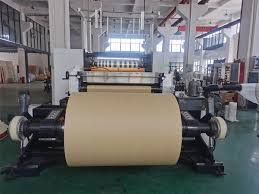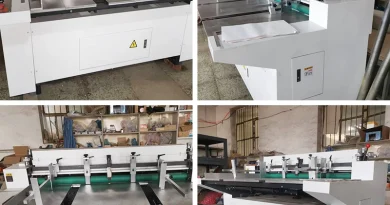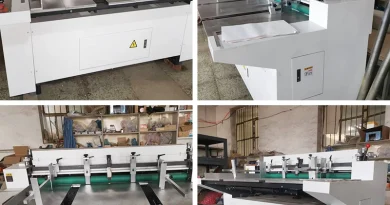Cardboard Slitting Machines: Streamlining the Future of Packaging
In the competitive landscape of the packaging industry, the quest for efficiency, precision, and eco-friendliness is relentless. Enter the cardboard slitting machine, a linchpin in modern packaging processes, offering an unparalleled blend of speed, accuracy, and versatility. This concise article explores the pivotal role these machines play in enhancing packaging operations and the broader implications for the industry.
Boosting Efficiency: Cardboard slitting machines are designed to maximize productivity. By swiftly cutting large sheets of cardboard into the desired sizes, they eliminate bottlenecks in the production line, enabling a smoother and faster workflow. This efficiency is crucial for meeting tight deadlines and responding swiftly to market demands.
Ensuring Precision: The hallmark of quality packaging lies in its precision. Cardboard slitting machines guarantee that each piece of cardboard is cut to exact specifications, ensuring a perfect fit for the product it encases. This precision not only elevates the aesthetic appeal of the packaging but also enhances the protection it offers to the contents within.
Adaptable to Various Needs: The ability of cardboard slitting machines to accommodate different sizes and types of cardboard with minimal setup time makes them an invaluable asset. This versatility allows packaging manufacturers to seamlessly shift between projects, catering to a diverse range of products and packaging requirements.
A Step Towards Sustainability: In an age where sustainability is increasingly important, cardboard slitting machines play a vital role. By minimizing waste through precise cuts, these machines help reduce the environmental impact of packaging production. Furthermore, their efficiency contributes to lower energy consumption, aligning with the industry’s sustainability goals.
Looking Ahead: As advancements in technology continue to unfold, the capabilities of cardboard slitting machines are set to expand further. Innovations in automation, material handling, and energy efficiency are expected to drive the next wave of improvements, making these machines even more integral to the packaging industry’s future.



